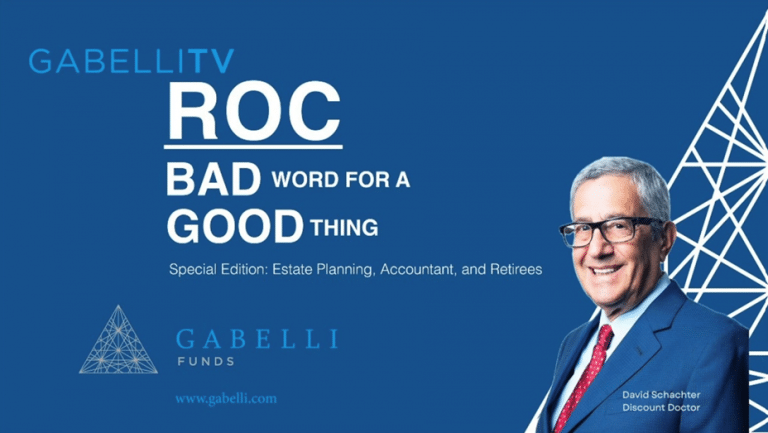t’s summer. We made it. No significant bank failures in the second quarter. We survived the smoke from Canadian wild fires (giving New York City the worst air quality in the world for at least one day), the Saudi’s successful “merger” with the PGA, the Wagner Group’s aborted coup in Russia, the release of Prince Harry’s “Spare,” the first criminal indictment of an ex-President, record setting temperatures (the first week in July was the hottest week on record for Planet Earth), meltdowns at major air carriers, and yet another Fed tightening move, with more promised.
Through it all, stocks rose. In fact, the NASDAQ had its best first six months of the year in 40 years. Although much of the leading economic data continues with a negative tilt, consumer spending and hiring has kept the economy stumbling forward (with the help of residual stimulus from the pandemic and new Federal spending). The widely anticipated recession continues to be delayed. The weight of evidence, combined with customary lags in monetary policy, suggest it is still coming.
We should note that some forecasters have raised the specter of a rolling recession scenario. Such an outcome is possible, but not the base case. Most recessions start in one or two sectors and then spread until GDP turns negative. What’s more, even in a garden variety recession, not all sectors of the economy will be in decline. Hospitality, travel, and autos may remain stronger for longer during this cycle. The underlying strength in many technology markets may soften, but that does not mean earnings will fall. Technology has led the market this year as artificial intelligence (AI) captured the market’s attention. Tech stocks are certainly vulnerable in a falling market, but most should see their earnings advance.
THE ECONOMY
The Atlanta Fed’s GDPNow forecast calls for 2.1% real GDP growth in the second quarter. This is in line with private forecasters, who are also projecting growth of about 1.0% in the third quarter before an expected print of -2.0% in quarter four. Importantly, the labor market is losing steam. Weekly unemployment claims are breaking out to the upside. June’s payroll report was the weakest since 2020 after accounting for revisions. While some economic data ticked up recently, the trendlines for most leading indicators remain in a downtrend. Weak manufacturing PMIs, the inverted yield curve, fewer bank loans, and the unprecedented monetary tightening (with a July tightening seemingly a done deal), suggest a recession is en route. Should a downturn occur in the fourth quarter, the consensus is looking for two, maybe three negative quarters, with the economy bottoming sometime next summer. Growth in 2023 is pegged at 1.3%, versus current expectations of 0.7% for 2024, according to the Bloomberg Economic Survey.
The unemployment rate, currently 3.6%, is expected to average 4.1% this year and rise again in 2024 to an average level of 4.5%. This should help temper wage inflation, which tends to be sticky. Prices for many goods and services are falling now, including commercial and residential rents, used car prices (new car prices are expected to follow), furniture prices, and freight rates. Slowing growth and falling prices are now largely a global phenomenon. China appears to be exporting deflation. The improvement in inflation we expect over the next year should result in lower interest rates and serve to soften the impact of potential earnings weakness on stocks.
THE FINANCIAL MARKETS
Stocks weren’t the only thing that rose in the second quarter. So did bond yields. The ten-year U.S. Treasury began the quarter at 3.55% and closed the term at 3.84%. In early July, the ten-year Treasury breached 4%. If we are correct on the pace of growth and inflation, the October 2022 yield peak of 4.24% on the ten-year will hold. The next Fed meeting announcement is July 26th. The Fed may stop hiking after July. The next meeting is not until late September, so the Fed will have two months of data to digest. Either way, the tightening cycle is now entering its final phase.
The ten-year yield rose 100 basis points over the past year, 150 basis points over the past two years, and 350 basis points over the past three years. The two-year yield has risen nearly 500 basis points over the past three years. Virtually all forms of debt are at record levels now, and rolling paper or refinancing at today’s higher rates will weigh on economic growth. Smaller banks are likely to suffer from exposure to commercial real estate, especially office space in major urban centers where vacancy rates remain high post pandemic. Astute economic writer Jim Grant, author of Grant’s Interest Rate Observer, points out that the Federal Reserve Bank is now suffering from the same disease that eliminated three top thirty banks in March. The Fed is both losing money on its operations and sitting on about $900 billion in unrealized bond losses on its balance sheet. Fear not, the Fed plays by its own rules.
In early July, the S&P 500 was about 4,400, up 7% from three months ago, 14% from 12 months ago, and about 8% below the January 2022 all-time high. Earnings expectations for the S&P began the year at $247. After Q1 they had been cut to $219, close to last year’s $220. Consensus numbers are now $220, which would be flat with last year. Earnings have held up better than most had expected. This has fueled the talk of a possible rolling recession. For 2024, the consensus for earnings is $241, down from $242 three months ago. That would represent earnings growth of 9.5%, a good showing if it holds. Using these numbers, stocks are selling at 20 times this year’s estimated earnings and 18 times 2024 estimates. Not cheap, but defensible if rates fall over the next year. Money funds held a record $5.2 trillion three months ago, but now they hold almost $5.5 trillion. There is ample fuel to power stocks higher whenever investors turn more bullish.
Those of you who have invested with us know that we are long-term investors. We are not market timers. This year demonstrates how tough market timing can be. Despite a widely anticipated recession, the market has risen strongly. Thus far, reading the economic tea leaves has not added value this year. Owning great companies has added value, although that didn’t work last year. Owning great companies over a period of years has produced competitive equity returns. We take some comfort knowing that the odds of our investment success as equity investors improve with the length of our investment horizon.
We manage equity funds. They are not asset allocation funds. We stay fully invested as a rule. In our growth funds, we pay premium prices to own a collection of the best growth companies. Technology companies play a central or core role in our growth portfolios. They can be volatile. While we can’t profess to know what the market will do over the next twelve months, we have little doubt that stocks will be materially higher over the next three to five years.
Leading artificial intelligence companies have led the stock market higher this year. We have material exposure to AI through our technology investments, including among some of our largest holdings, Microsoft, Alphabet, and NVIDIA. The productivity improvements to be generated by AI will be unlike anything we have ever seen.
In last quarter’s commentary, I mentioned that I was acquiring a Tesla. We owned the stock and I wanted to see if Tesla lived up to its hype. I am pleased to report that it does. My Tesla Model Y has exceeded my expectations. I love the car and now I better understand the Tesla fanatics. Count me among them. Incidentally, the Model Y is now the best-selling car in the world, taking the top spot from the Toyota Corolla. We appreciate your confidence in us and thank you for your business.
Enjoy the summer!
– Howard F. Ward, CFA







